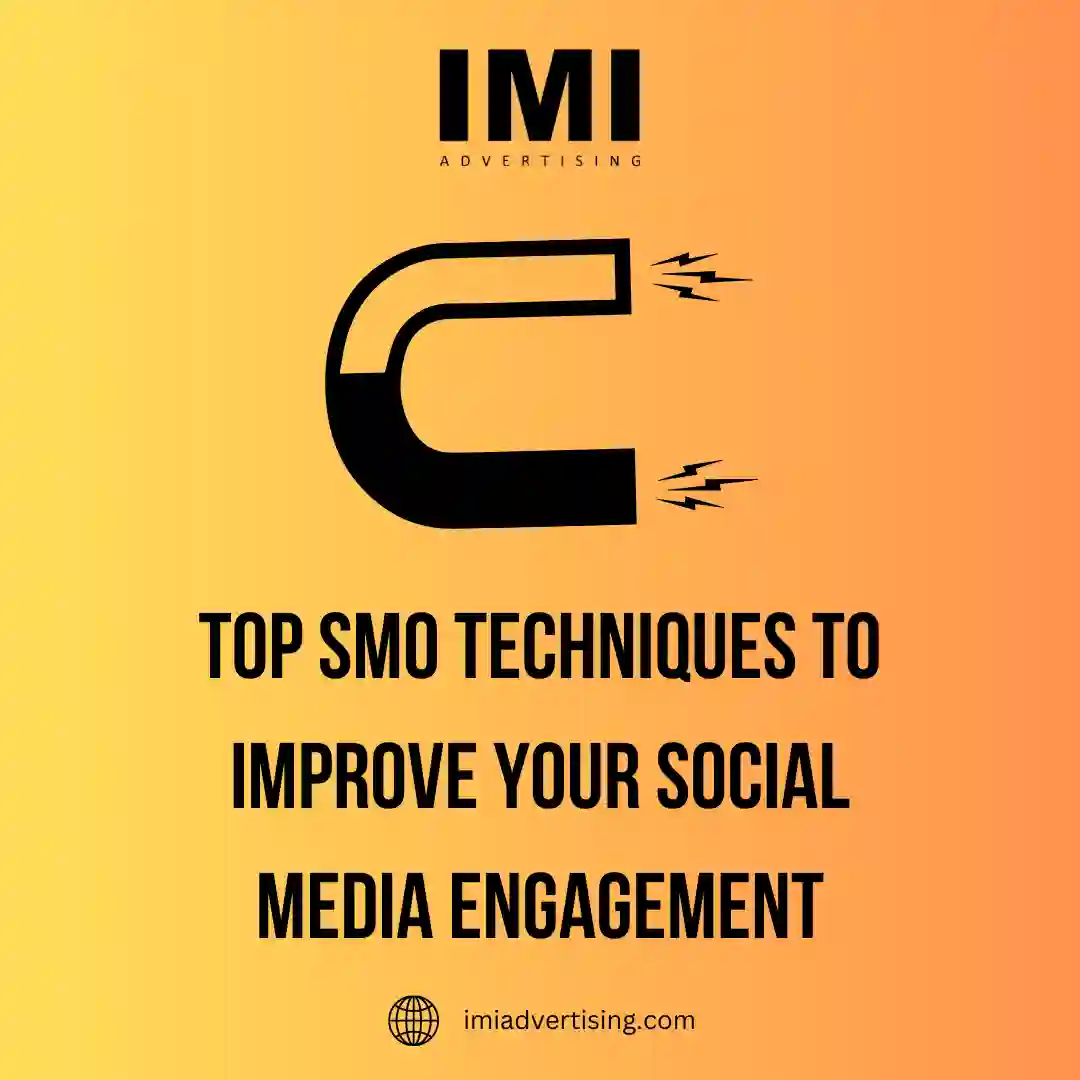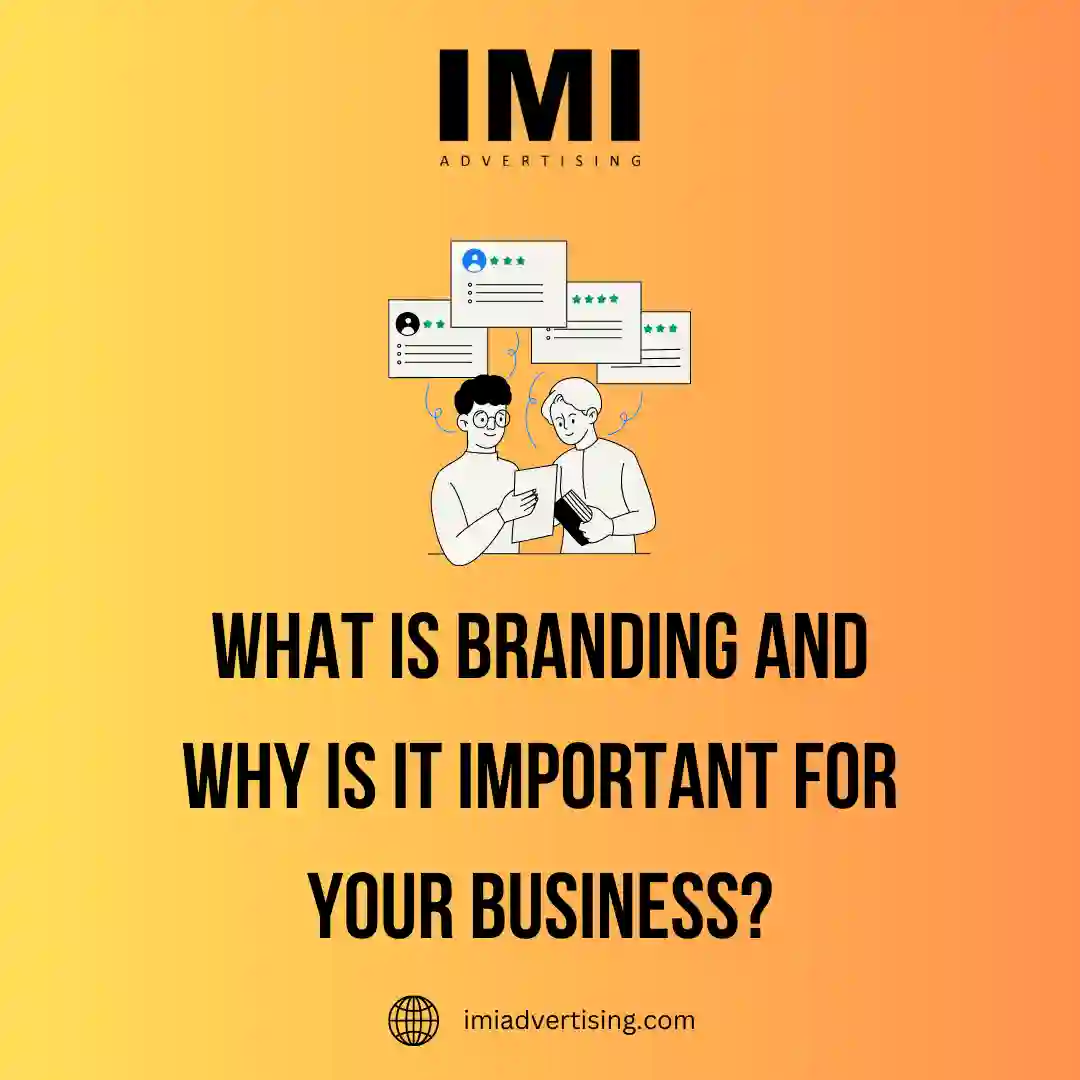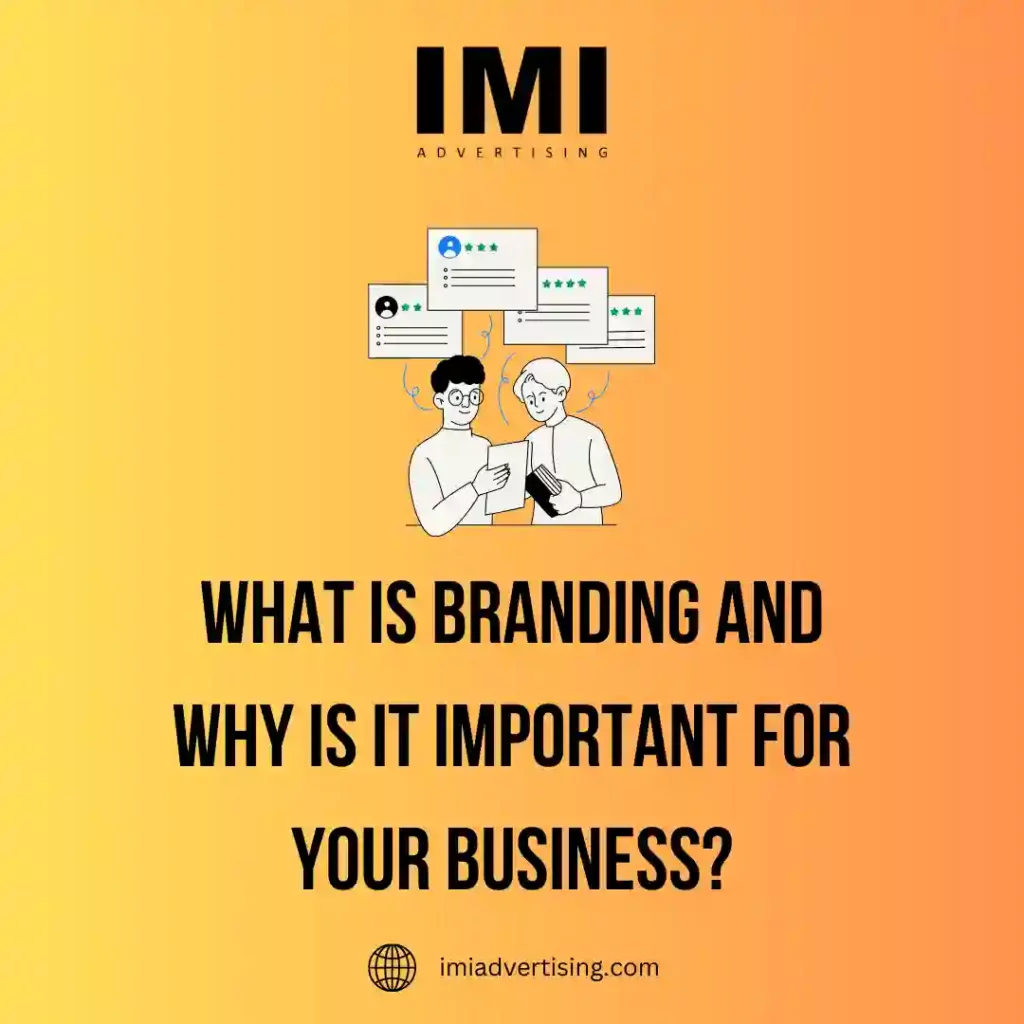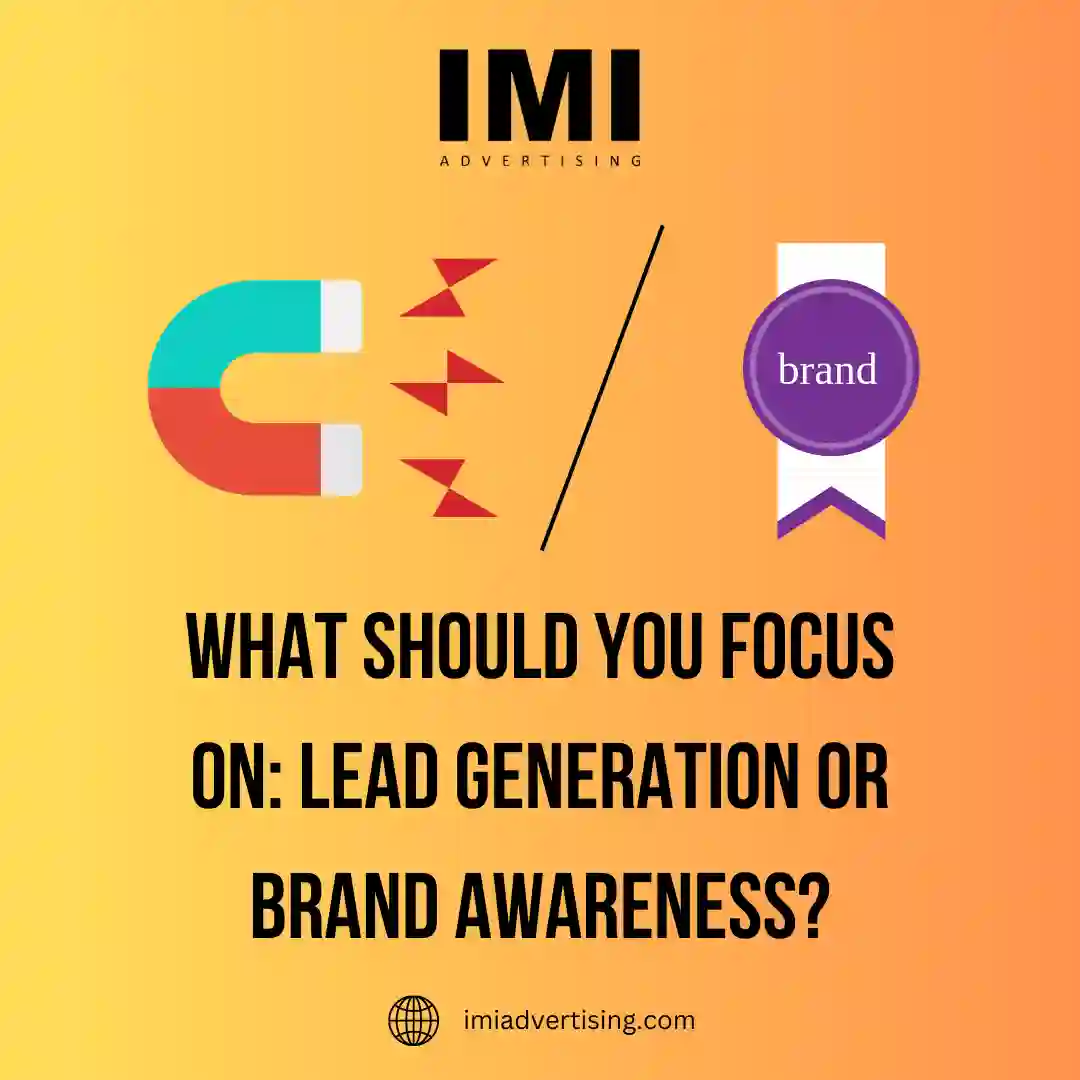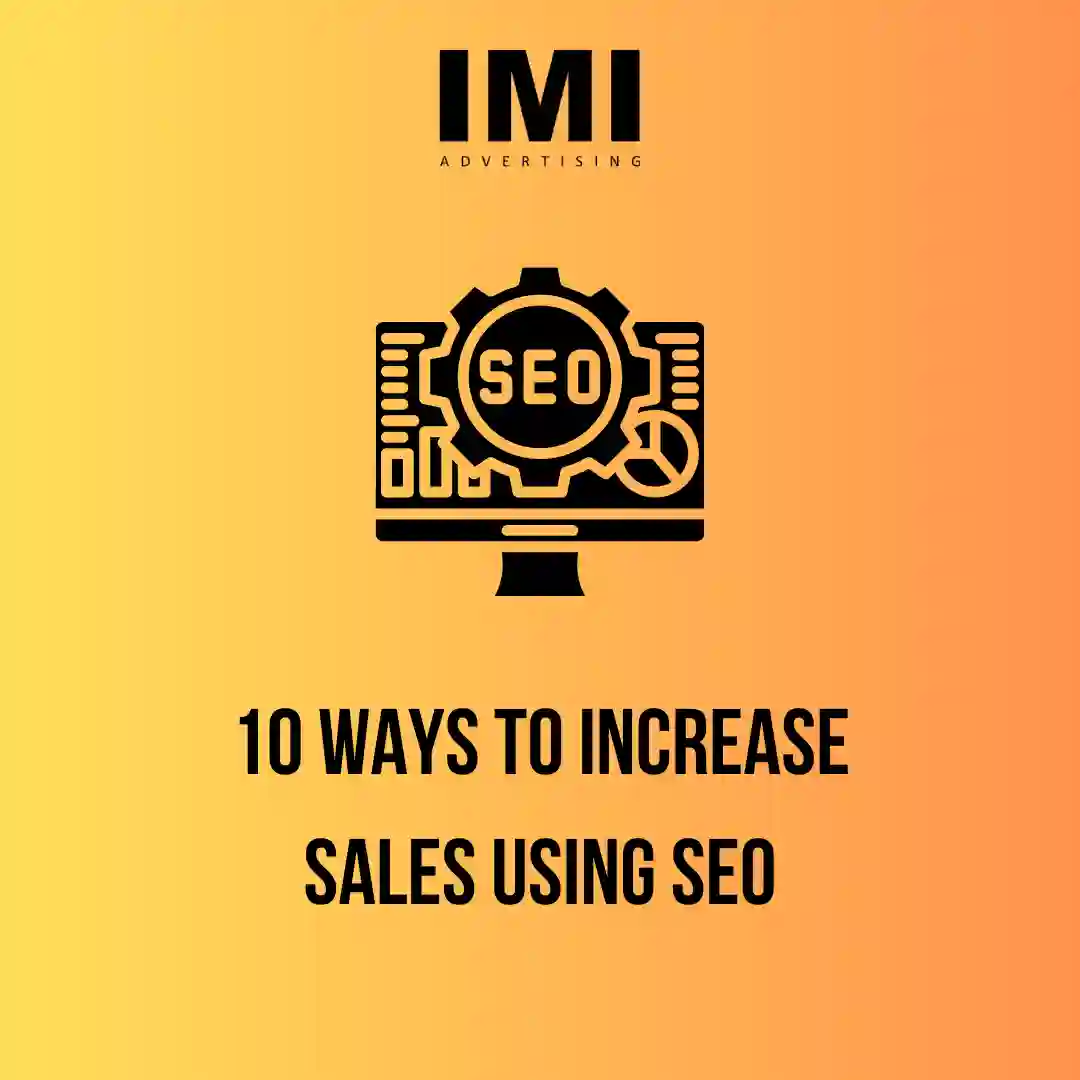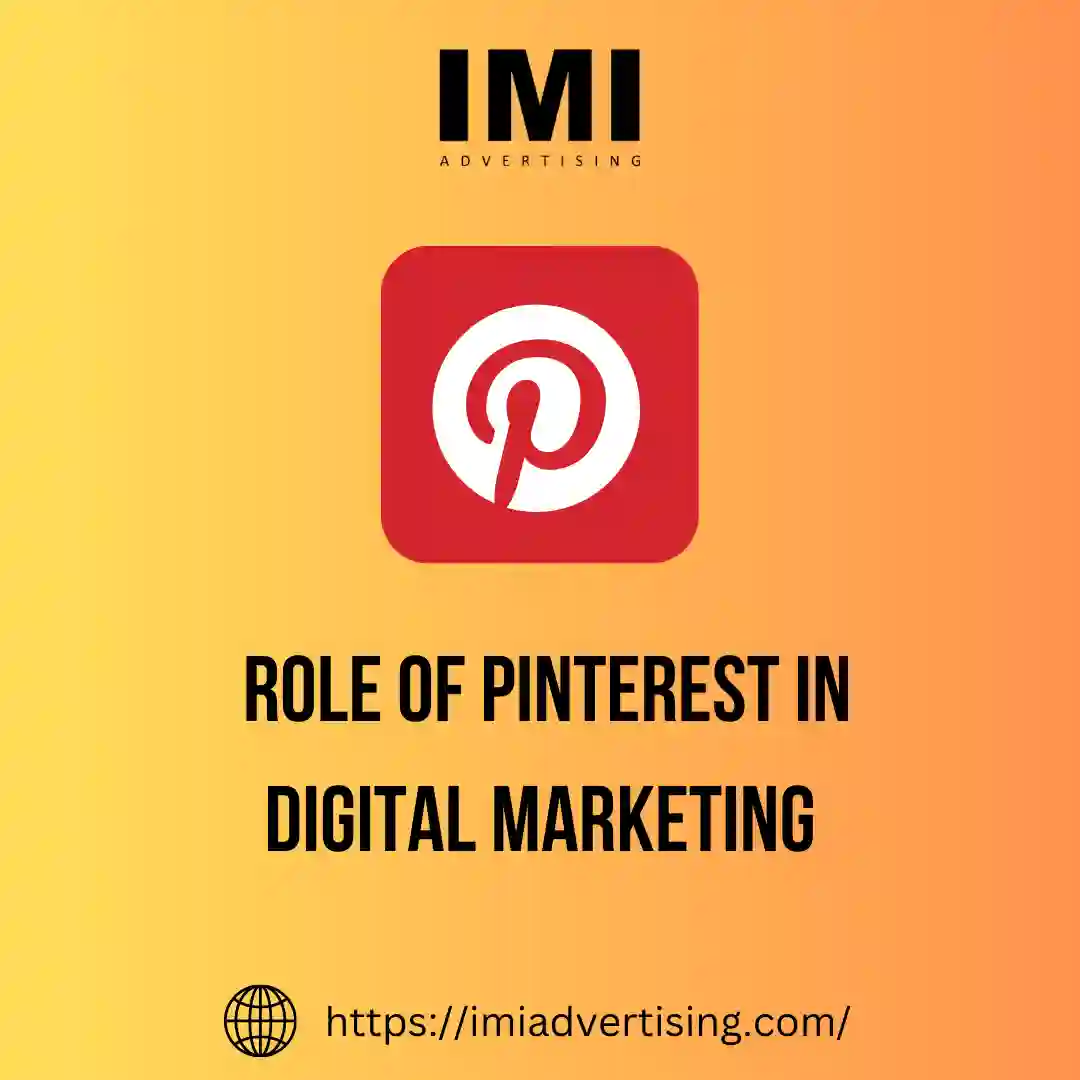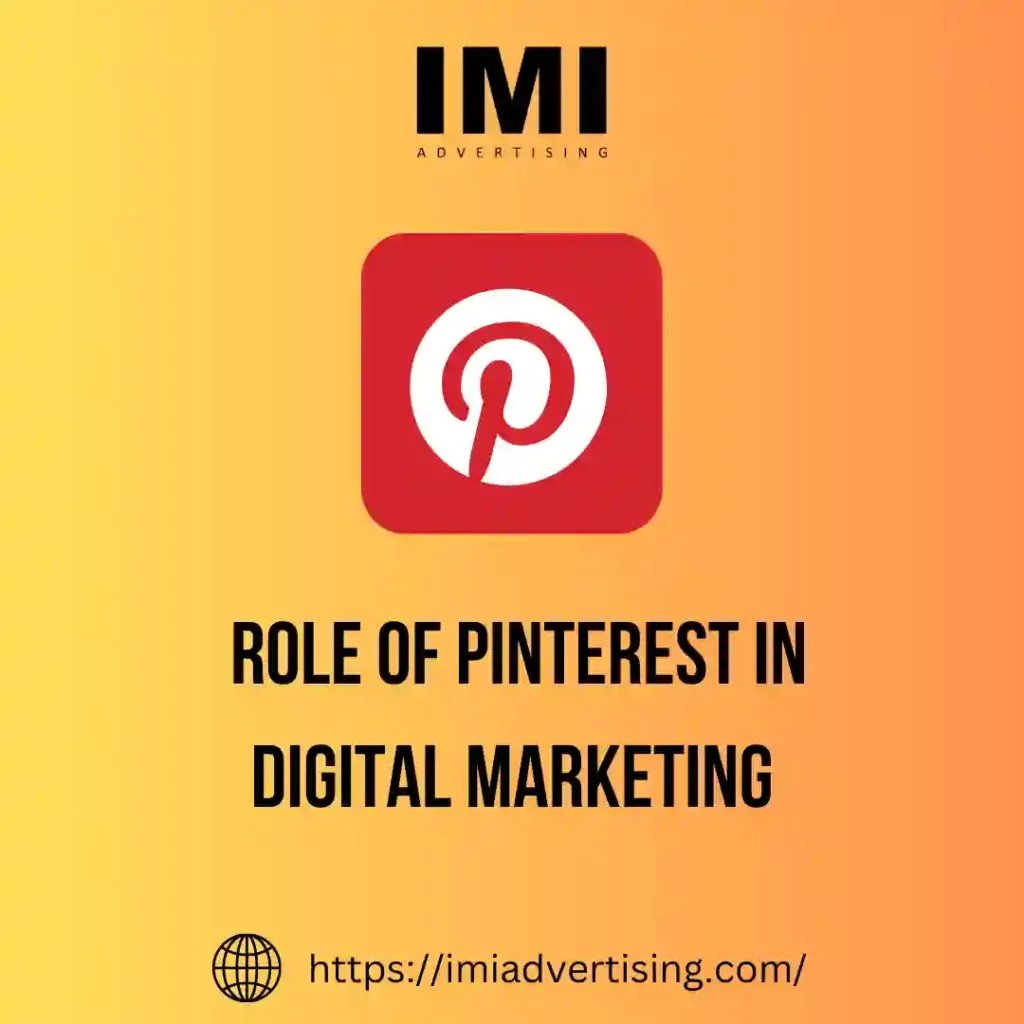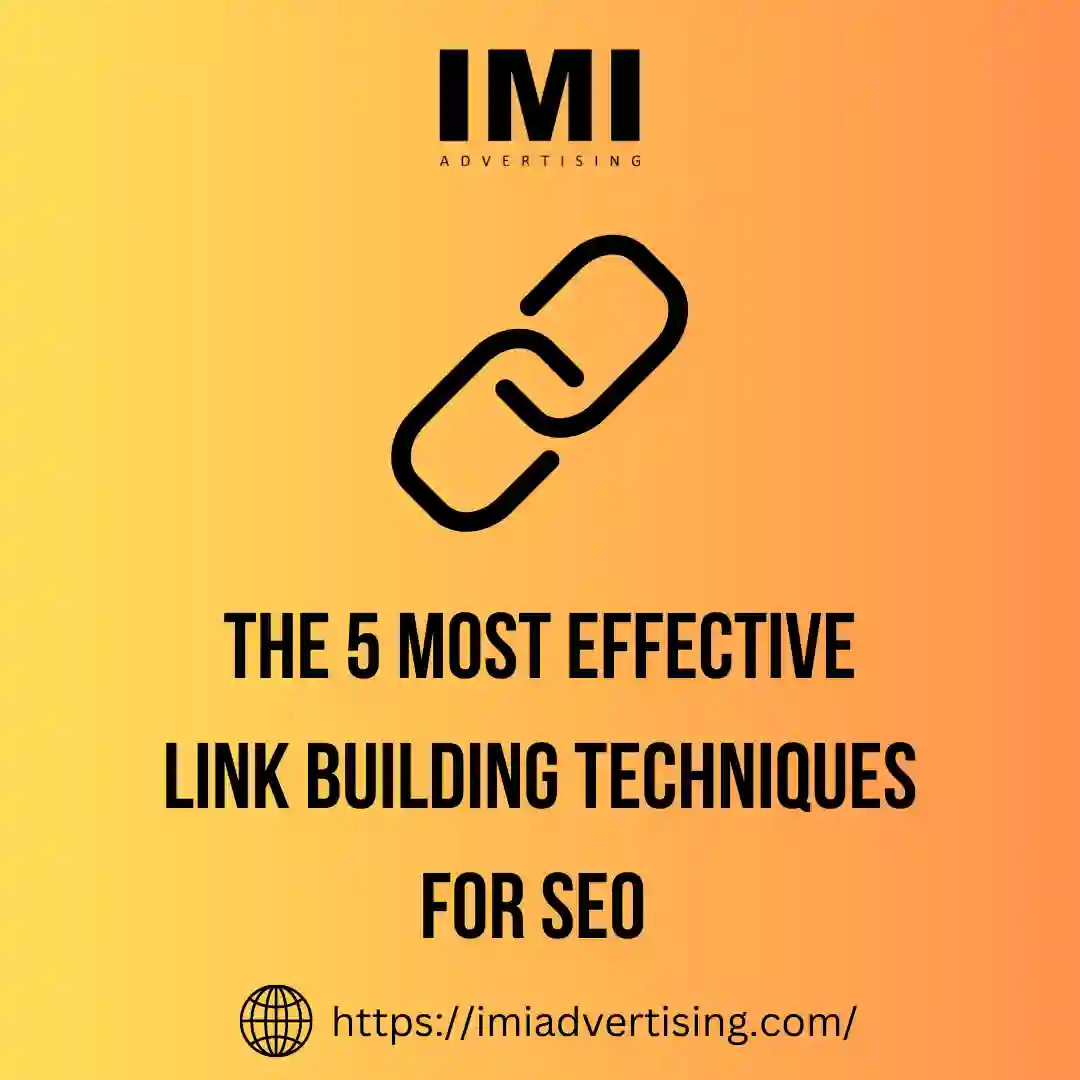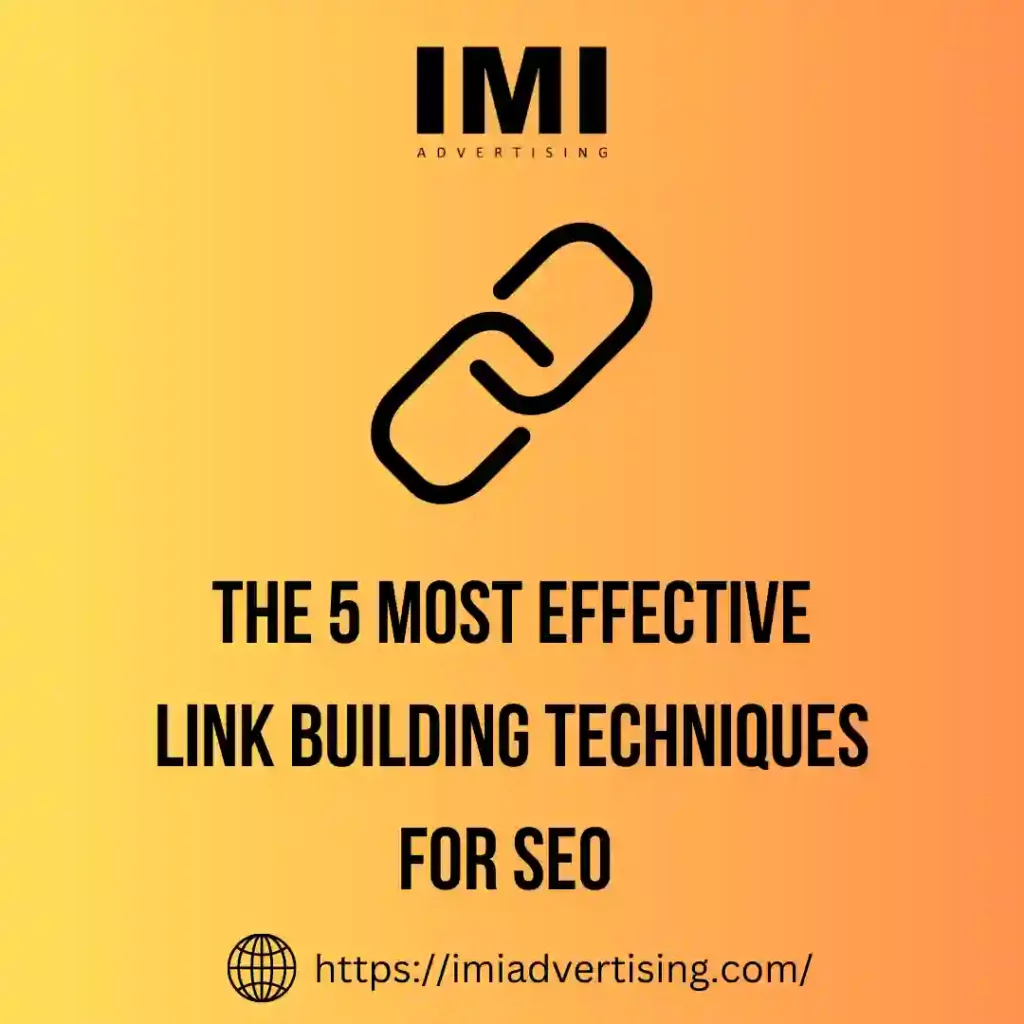Top SMO techniques to improve your social media engagement
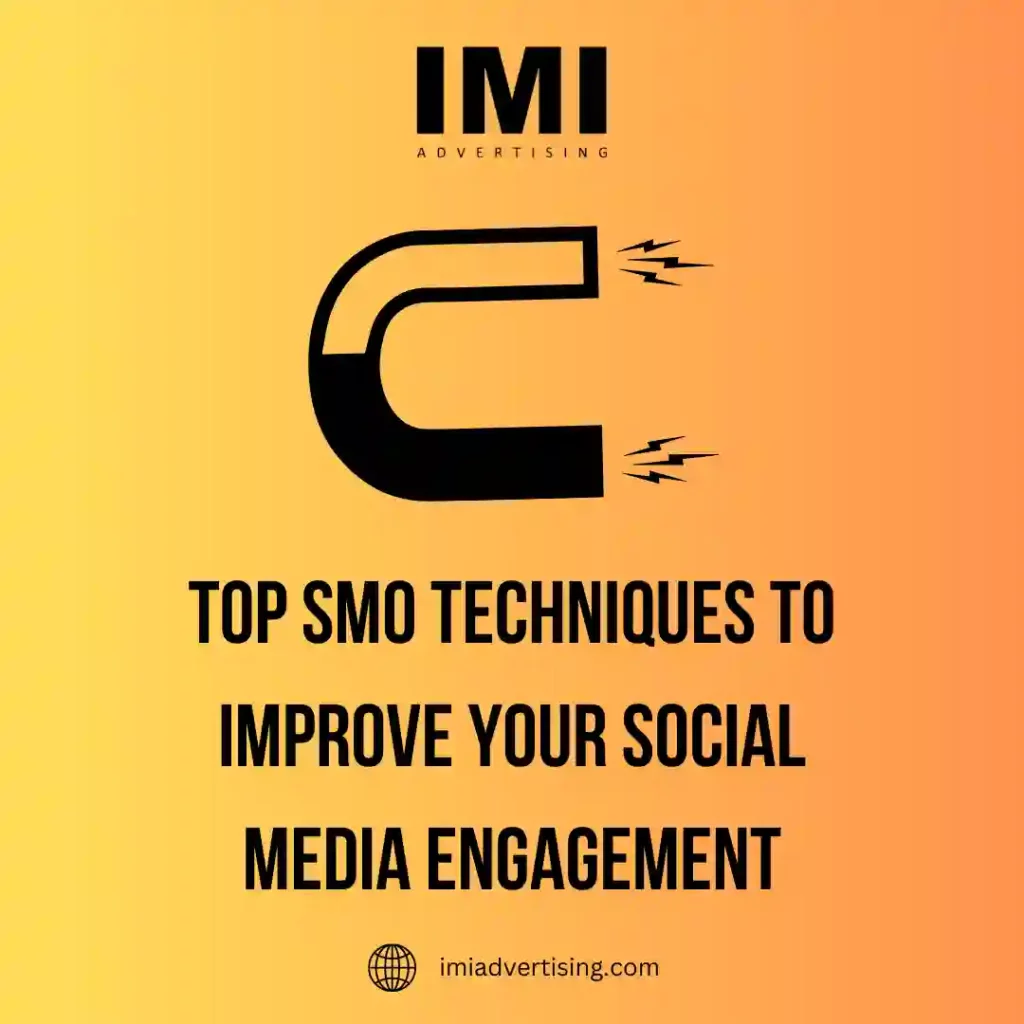
Certainly, Social Media Optimization (SMO) techniques can play a crucial role in improving your social media engagement.
Here are some top techniques you can consider:
- Quality Content Creation: Create high-quality, relevant and valuable content that resonates with your target audience. This could be in the form of informative articles, visually appealing images, entertaining videos or engaging infographics.
- Consistent Posting Schedule: Maintain a consistent posting schedule to keep your audience engaged and informed about your brand. Consistency builds anticipation and encourages regular interactions.
- Visual Appeal: Use visually appealing graphics and images that grab attention and convey your message effectively. Platforms like Instagram, Pinterest and Facebook heavily rely on visual content.
- Use of Hashtags: Incorporate relevant and trending hashtags to increase the discoverability of your posts. Research popular and industry-specific hashtags to expand your reach.
- Interactive Content: Create interactive content like polls, quizzes, contests and giveaways. These encourage participation and generate buzz around your brand.
- Engage with Followers: Respond promptly to comments, messages and mentions. Engaging with your audience shows that you value their input and encourages further interactions.
- Collaborations and Influencer Partnerships: Partner with influencers or collaborate with other brands for cross-promotion. This can introduce your content to new audiences and boost engagement.
- Optimise Post Timing: Post your content when your target audience is most active. Use insights provided by each platform’s analytics to determine the optimal posting times.
- Share User-Generated Content: Showcase content created by your followers. This not only acknowledges their efforts but also builds a sense of community around your brand.
- Utilise Stories and Live Videos: Stories and live videos are ephemeral content formats that create a sense of urgency and authenticity. Use them to give behind-the-scenes glimpses, host Q&A sessions or share real-time updates.
- Platform-Specific Optimization: Each social media platform has its own best practices. Customise your content and approach to fit the platform’s unique features and audience expectations.
- Optimise Profile and Bios: Ensure that your profile and bios are complete and reflect your brand’s identity. Use relevant keywords to make it easier for users to find you.
- Engage with Trending Topics: Join conversations around trending topics that are relevant to your brand. This can increase your visibility and engagement with a broader audience.
- Promote Customer Reviews and Testimonials: Share positive reviews and testimonials from your customers. This builds trust and social proof, encouraging others to engage with your content.
- Data Analysis and Iteration: Regularly analyse your social media analytics to understand what’s working and what’s not. Adjust your strategy based on the data you collect to optimise your efforts.
Remember, social media engagement is a long-term effort that requires constant monitoring, adaptation and creativity. Experiment with different techniques, track your results and refine your strategy accordingly.
Recent Posts
-
The 5 Most Preferable Free SEO Tools For Business Growth30 May 2024
-
7 Biggest Social Media Marketing Concepts for 202421 May 2024
-
NFlex Systems : Social Media Marketing, Google AdWords and Content Strategies09 May 2024
-
How IMI Advertising Achieved 2X Growth in the Game Website19 Apr 2024
-
How IMI Advertising Helped iBoon Technologies to Achieve Ranking for Competitive Keywords by 68%14 Mar 2024
Have Any Question?
- 093131 00658
- [email protected]




